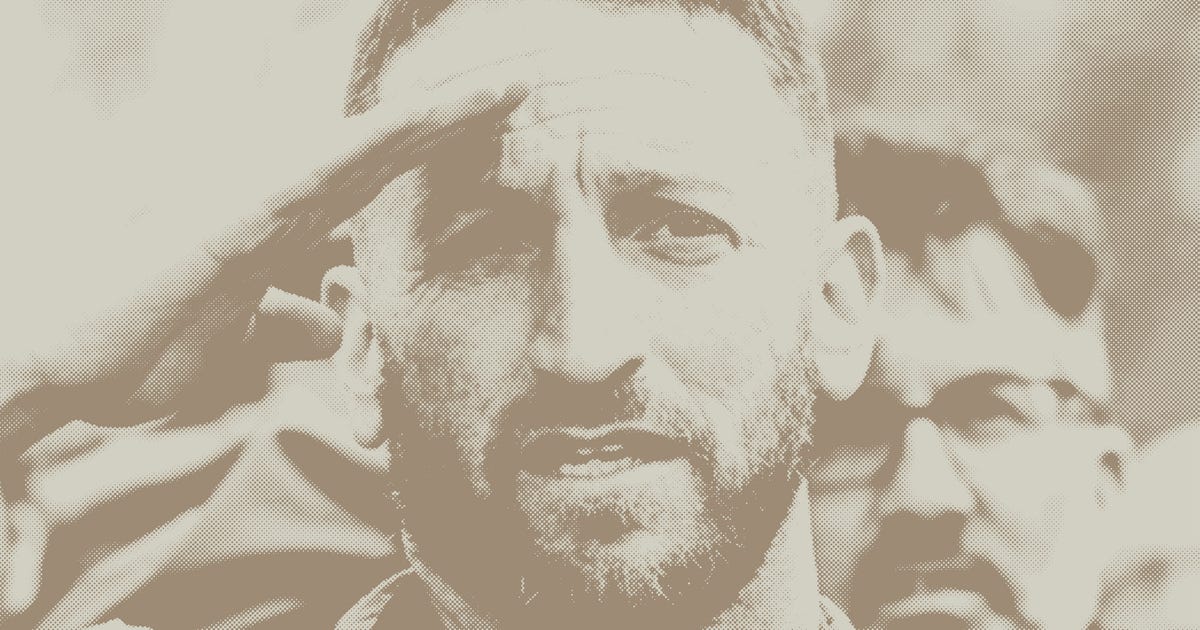- cross-posted to:
- worldnews@lemmy.ml
- cross-posted to:
- worldnews@lemmy.ml
Until she was taken out of the house, Porat identified nine living hostages. She wasn’t a witness to the close-range shooting of any of the hostages, or to any of them being hit in the exchange of fire. “I didn’t see anyone execute anyone,” she says. “I didn’t see a body.” That is compatible with what Hadas Dagan said – she was held in the house until the end of the event and saw only two hostages who were not alive. “Long before the two [tank] shells, Adi and I saw that two were no longer with us,” she says.
Porat: “At one point I went to sit in a jeep with one of the Shin Bet [security service] men, and suddenly I see a tank moving along the road.” The driver of the tank was Armored Corps officer Col. Nissim Hazan. A few hours earlier, Hazan had located the tank, which was damaged, in the area of the Re’im party. Hazan pulled a dead soldier out of the tank, rendered it serviceable, collected a pickup crew and asked on the radio, “Where do you need me?” At Be’eri, he was told. Hazan arrived at the entry gate of the kibbutz and was directed to Pesi Cohen’s house.
“I understood that this tank wasn’t like another bullet that’s fired from a rifle,” Porat relates. “So I asked: If you fire shells, won’t the hostages be hurt? And the Shin Bet man told me, ‘No, we only shoot at the sides, take down walls.’ I believed him.”
Lt. Col. Salman Habaka, a battalion commander in the Armored Corps, entered Be’eri with three tanks, all of which operated in other parts of the kibbutz. Habaka was killed last November in a battle in the northern Gaza Strip. However, testimony he gave before his death indicates that firing tank shells at homes in Be’eri was quite a routine practice that day – by order of Hiram Barak.


"Staff from the Israel Antiquities Authority aided in the investigation of the incident in Be’eri, and Haaretz received the IAA’s findings. The archaeologists divided the structure into 13 sectors and each one was excavated, and its remains carefully screened, by a team that also included soldiers, in an effort to find body parts. Remnants of the munitions that were fired were examined by a ballistics expert.
The IAA inquiry ruled out the claim that the firing of the second shell “ended the incident” by bringing about the death of the hostages. Concentrations of bodily remains were found in two places – in the kitchen/dining corner and the living room. The shell apparently struck the attic, which was separated from the living area below by a concrete ceiling. According to the archaeologists’ investigation, the ceiling remained intact, and therefore “the shrapnel did not penetrate the kitchen through the ceiling.” In both arenas there were casings from a Kalashnikov rifle, which the terrorists used. Accordingly, the IAA’s conclusions are that “the firing was executed from inside the structure” and that “the area in which human remains were found was not damaged by outside fire.” "
This fully contradicts the claim of the hostage that came out alive which testified everyone got killed in the tank shot and only she survived.
The local archeology team does not have much influence on my opinion after the IDF posted pictures of the burnt bodies claiming Hamas burnt them alive. Not sure which AK can do that.